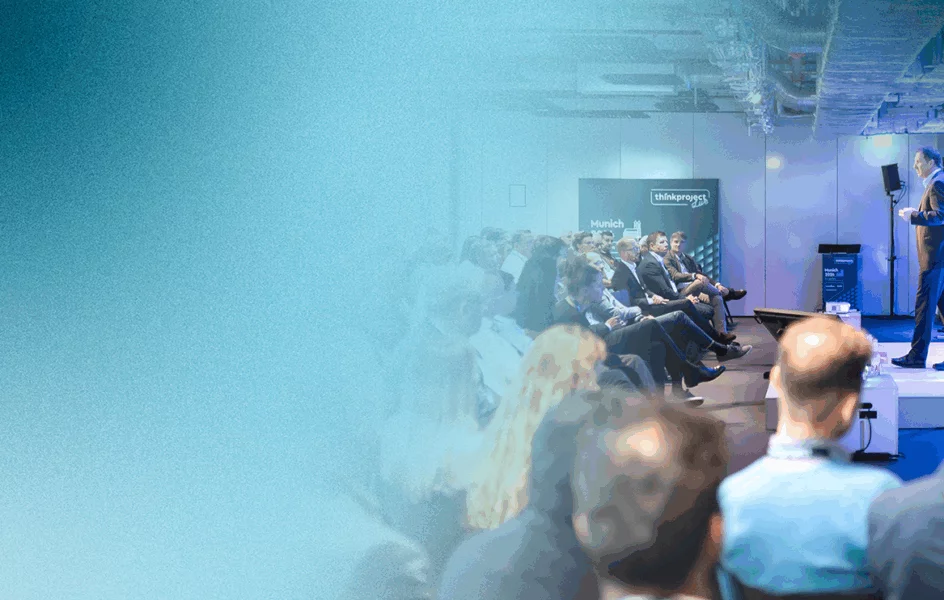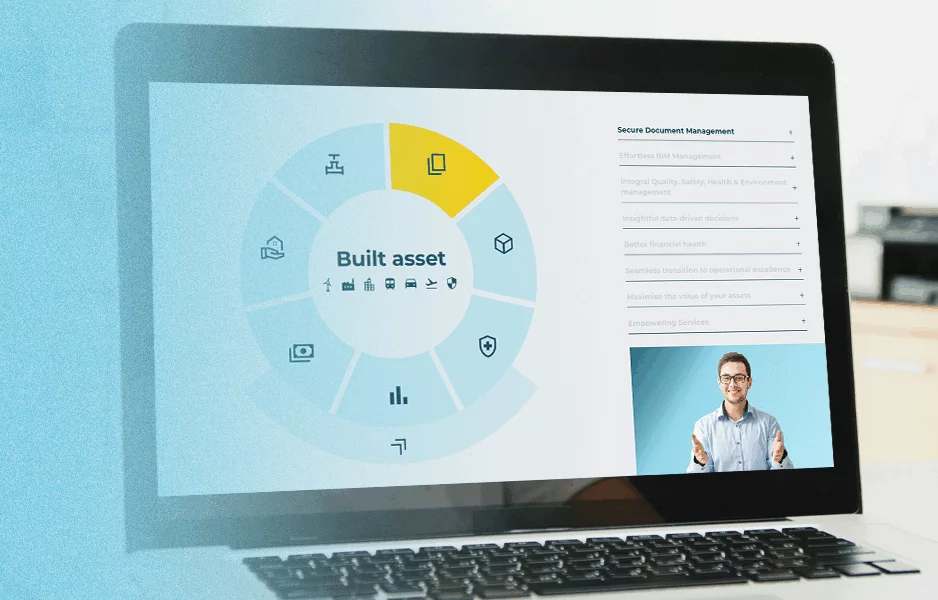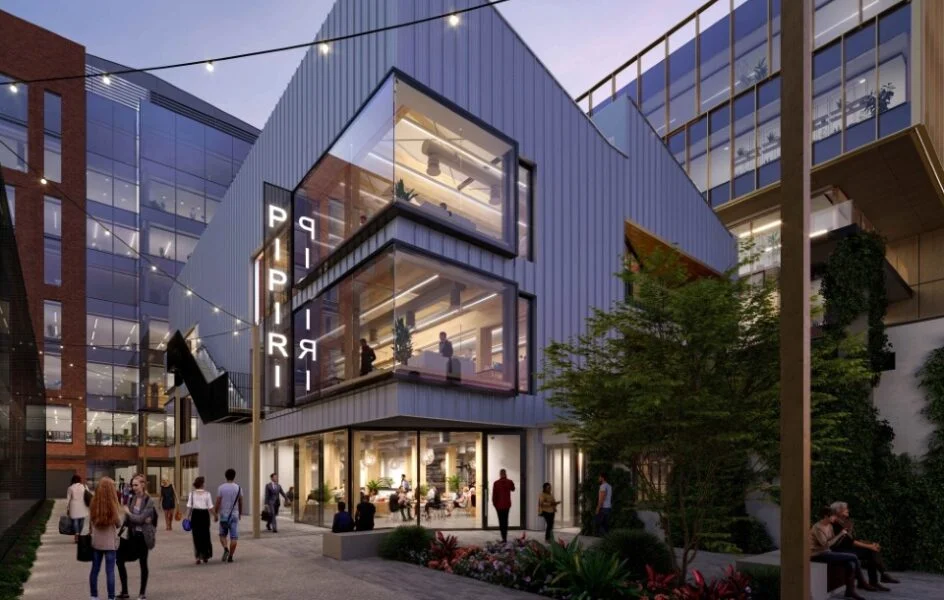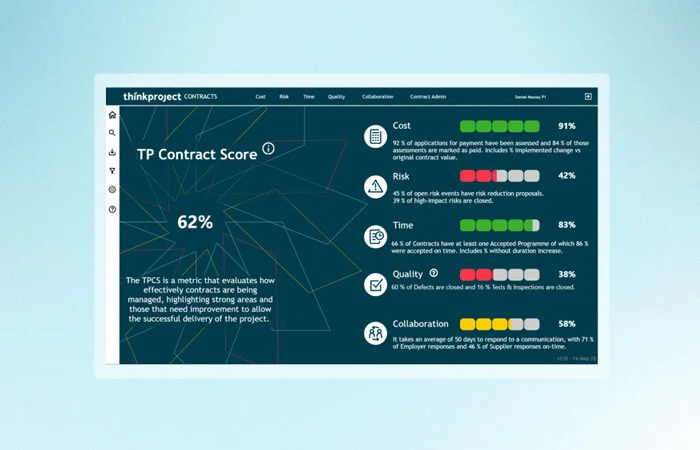
What is common data environment (CDE) software and how can it transform construction projects?
Managing construction data efficiently can make or break a project. Between multiple subcontractors, evolving designs and plans, regulatory compliance, and tight deadlines, coordination is more complex than ever. And unfortunately, traditional communication and file-sharing tools often fall short—leading to costly rework with delays and budget overruns.
This is where common data environment software comes in. A common data environment (CDE) is a powerful solution designed to centralize and streamline the way construction professionals manage, share, and collaborate on project information.
What is Common Data Environment software?
Common data environment (CDE) software represents a centralized platform used to collect, manage, and share all project-related data and documentation throughout a construction project’s lifecycle. This includes managing and sharing drawings, 3D models, RFIs, markups, schedules, and contracts.
Aligned with the ISO 19650 series of standards for managing information in construction, a CDE provides a “single source of truth” for managing project data. This eliminates confusion caused by duplicate files, outdated documents, or scattered communication.
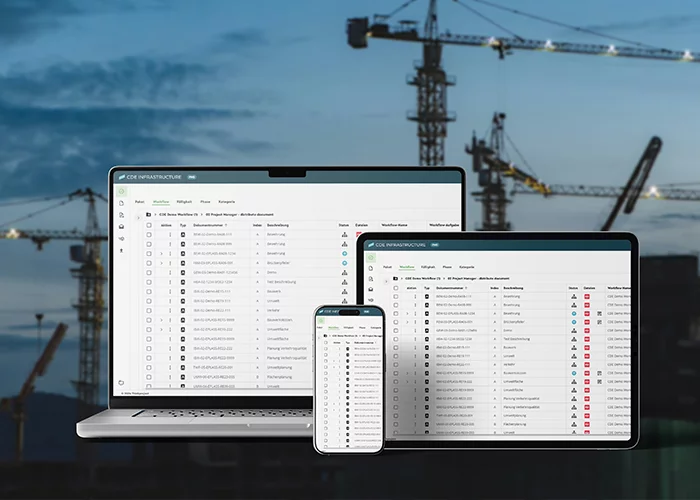
How does a CDE benefit construction professionals?
For construction firms, asset owners, contractors, project developers and managers, consultants, and other stakeholders, common data environment software delivers significant operational advantages:
1. Enhanced collaboration acro-ss teams
A CDE enables real-time collaboration between architects, engineers, general contractors, subcontractors and clients—regardless of their respective location. Everyone works from the latest version of every file, minimizing errors and miscommunication.
For example, when a project architect updates the structural layout, with the CDE in place, the revised drawing is immediately available to the structural engineer and site supervisor. This avoids a costly framing error.
2. Reduced errors and rework
Miscommunication and incorrect file versions can cause major rework. With version control, automated change tracking, and audit trails, a CDE ensures teams only act on approved and current data.
3. Real-time, remote access to project data
Most modern CDEs are cloud-based, enabling mobile access from job sites, client offices, or remote team members.
For example, with a CDE, a field engineer on a highway project can look at project drawings on a tablet while on-site. If he identifies a conflict with an existing utility, he can submit an RFI immediately— saving days of downtime.
4. Streamlined approval and review processes
A common data environment software standardizes how documents are reviewed and approved, with automated workflows that route files to the right people at the right time.
Having automated workflows in place reduces errors, saves time and ensures no task is forgotten. This takes all dependencies into consideration, making the project workflows more efficient and reducing the risk of miscommunication.
Needless to say, these benefits cannot be achieved with a traditional document storage solution like SharePoint. As a CDE is designed with construction projects and documentation in mind, it caters to the very specific needs of this industry.
5. Improved compliance
Every file, comment, and approval in a CDE is time-stamped and versioned, making it easy to demonstrate compliance with contractual and regulatory requirements. This ensures that companies are always “audit-ready” – as audits are something that construction firms face on a regular basis.
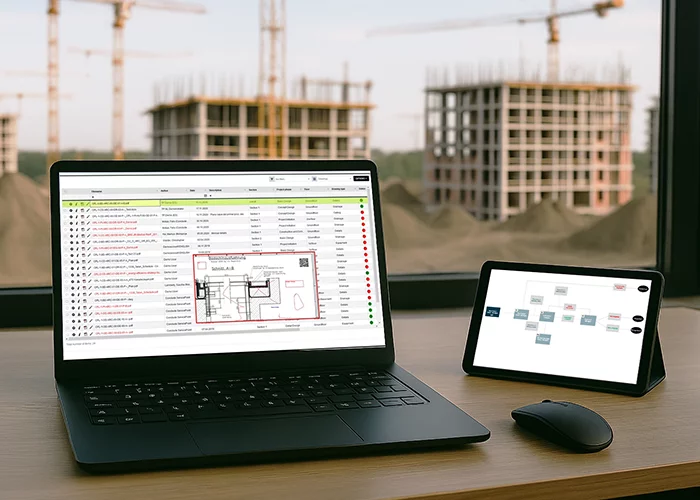
Must-have features of common data environment software
Which features are most important when choosing a CDE for your business? Not all platforms labeled as “CDEs” meet the needs of a modern construction firm. Here are the most important capabilities of a CDE:
-
- Document and drawing management: Organize files with version history, metadata, and searchability.
- Permission-based access: Restrict access based on role or project phase to enhance security.
- Integration with BIM: Seamlessly support 3D models and project files.
- Review and approval process: Collaborate directly on plans, drawings or 3D models with markup tools and configurable workflows to automate the process.
What to look for when choosing the right Common Data Environment software for your project
Different projects have different needs. Big infrastructure project will for example require more flexibility to manage project complexity. Selecting the right common data environment software depends on several project and organizational factors:
-
- Project size and complexity: Larger projects often require advanced features like clash detection) and overall more configurability; configurable workflows, for example, will allow you to adapt to specific requirement or process needs.
- Team structure: Choose a solution that supports your project team’s scale and roles, including external stakeholders.
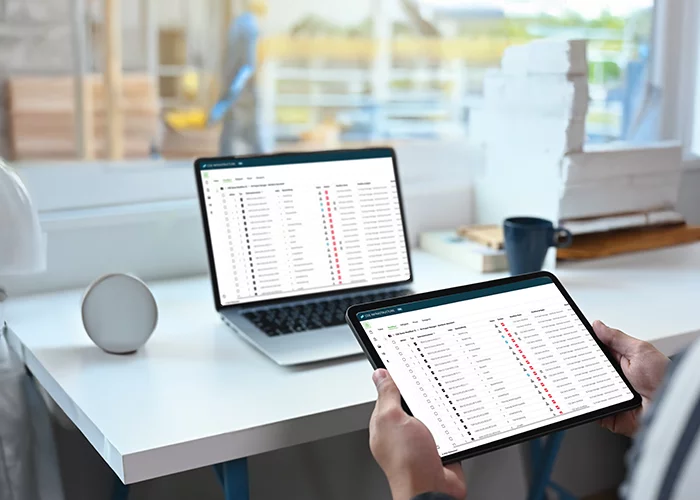
Common pitfalls to avoid during implementation
If you’re just getting started with CDE software, it may feel a bit overwhelming. You are faced with the challenge of adopting a useful, but complex tool, across your organisation. Unfortunately, even the best software won’t improve outcomes unless it’s implemented thoughtfully. Here are some common issues to watch out for:
Inadequate training
Teams must understand how to fully use the CDE s(tware. Don’t underestimate the power of vendor-led training, quick-start guides, and internal champions.
Lack of buy-In
If project leads or executives aren’t engaged, adoption suffers. Communicate the benefits clearly and involve leadership early on.
Over-customization
Too many custom fields or workflows can make the system cumbersome. Start with a simple, but lean setup, and expand gradually.
Underutilization
Encourage use beyond just document storage. Integrate RFI workflows, approvals, and on-site checklists to maximize ROI.
Use-cases: How our customers use CDE solutions
Thinkproject’s CDE solution centralizes project information to streamline collaboration across construction teams. It offers robust file management with controlled access and powerful search, automated workflows for faster, traceable approvals, and structured communication to ensure accountability and legal compliance. The platform also supports deliverables tracking and package management, helping teams stay on schedule and aligned.
Thinkproject CDE is a legally secure environment that connects teams throughout the project lifecycle with unified information. It allows for process structuring, streamlined communication, and timely delivery of project outputs, all while adhering to ISO 19650 standards.
SuedOstLink
The SuedOstLink (SOL) project, led by German transmission system operator TenneT, involves constructing a 538-kilometer underground high-voltage direct current (HVDC) line to transport 2,000 megawatts of renewable energy from northern to southern Germany.
To manage this large and complex infrastructure effort, TenneT established a Project Management Office (PMO) and partnered with Thinkproject to implement a digital solution tailored to the project’s unique needs. This cloud-based platform integrates data, Geographic Information Systems (GIS), 3D models, and key project processes like scheduling, permitting, and contractor coordination into one cohesive system. The solution supports efficient collaboration, regulatory compliance, and real-time reporting, replacing traditional document-centric methods with a more connected and scalable data-driven approach.
The Fehmarnbelt Tunnel
The Fehmarnbelt Tunnel, set to become the world’s longest immersed tunnel, is a major infrastructure project connecting Germany and Denmark with an 18 km link comprising a double-track railway and a four-lane motorway.
To manage the complexities and public scrutiny associated with such a large-scale project, Thinkproject provided a digital solution that streamlines objection management. The platform enables consistent and efficient handling of public feedback by categorizing objections, automating responses to similar arguments, and ensuring each concern undergoes a thorough approval process, facilitating smoother project approvals and stakeholder engagement.
Conclusion
For construction professionals looking to reduce risk, improve efficiency, and deliver high-quality results, common data environment software is no longer optional—it’s essential. By centralizing project data and enabling real-time collaboration, CDEs improve communication, reduce rework, and ensure compliance from day one. Whether you’re managing a multi-million-dollar infrastructure build or a complex renovation, the right CDE platform will serve as the digital backbone of your project.
Learn more about how Thinkproject can support you by visiting our dedicated solution page or schedule a custom demo.
